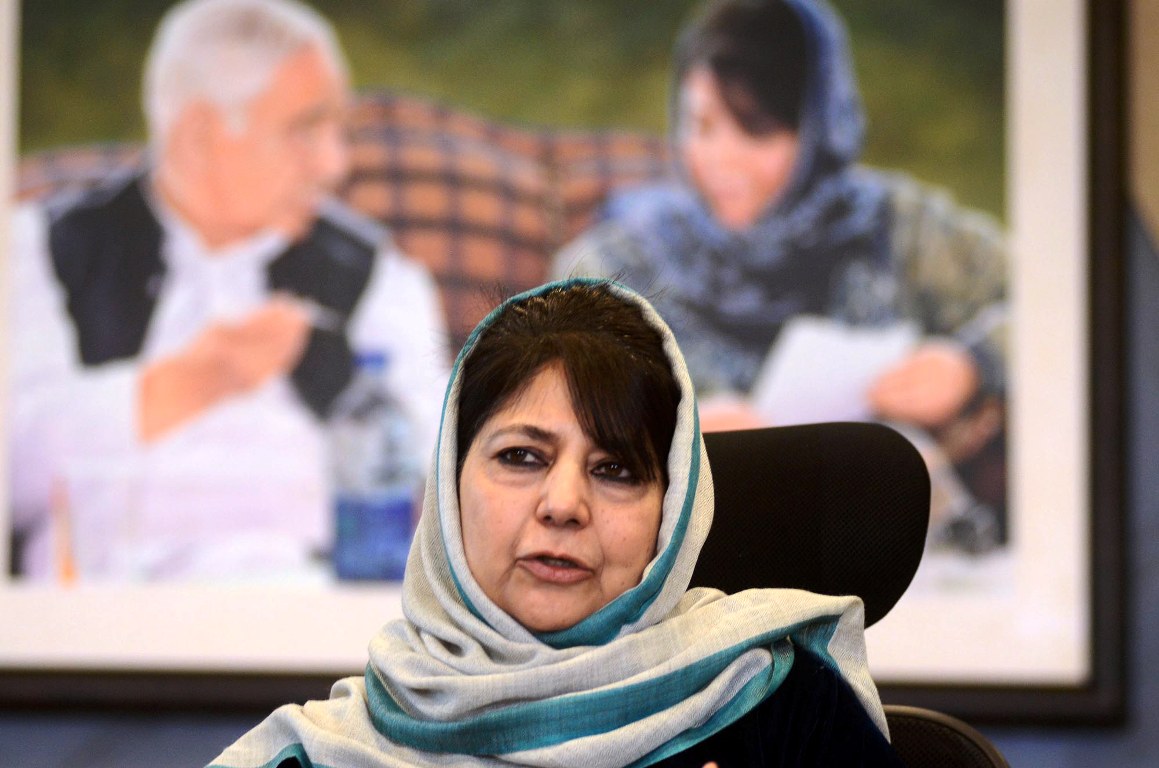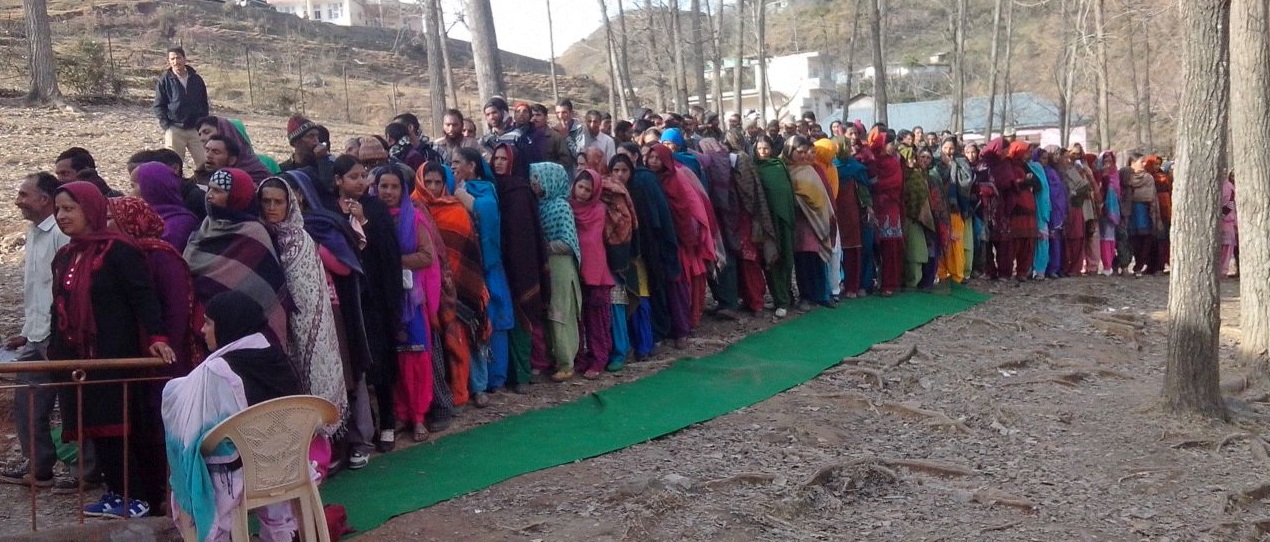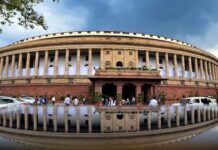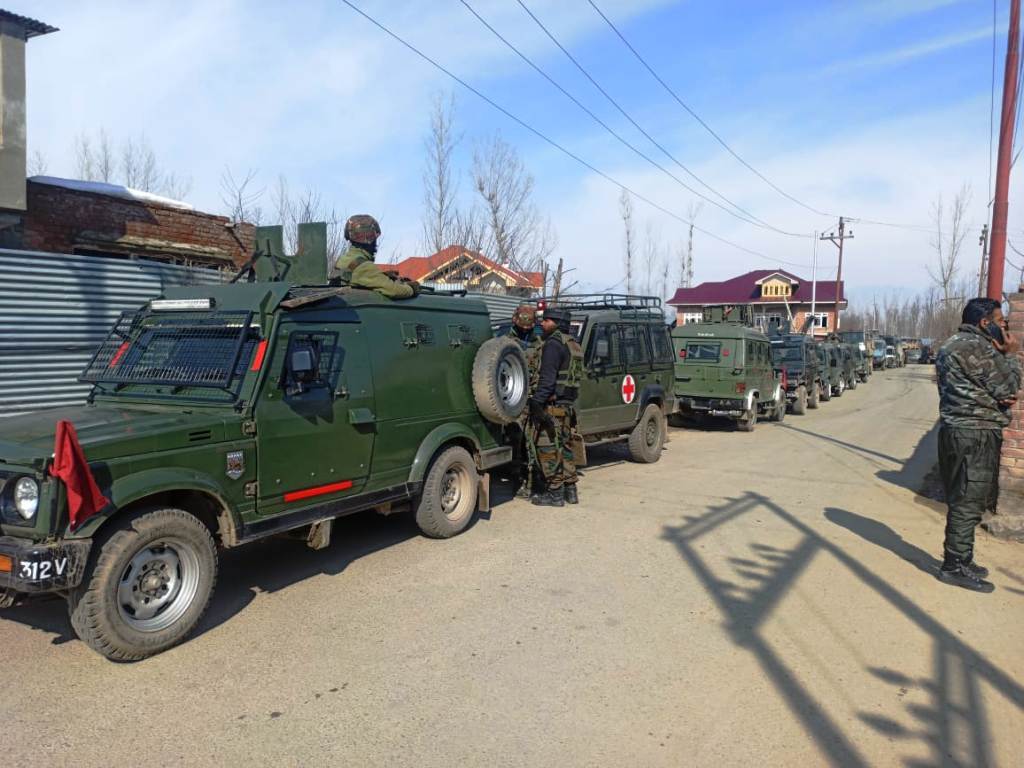SRINAGAR: Kargil and most of the erstwhile Purig region celebrated the Mamani Festival by displaying the traditional foods and the local culture. It is being celebrated on January 21.
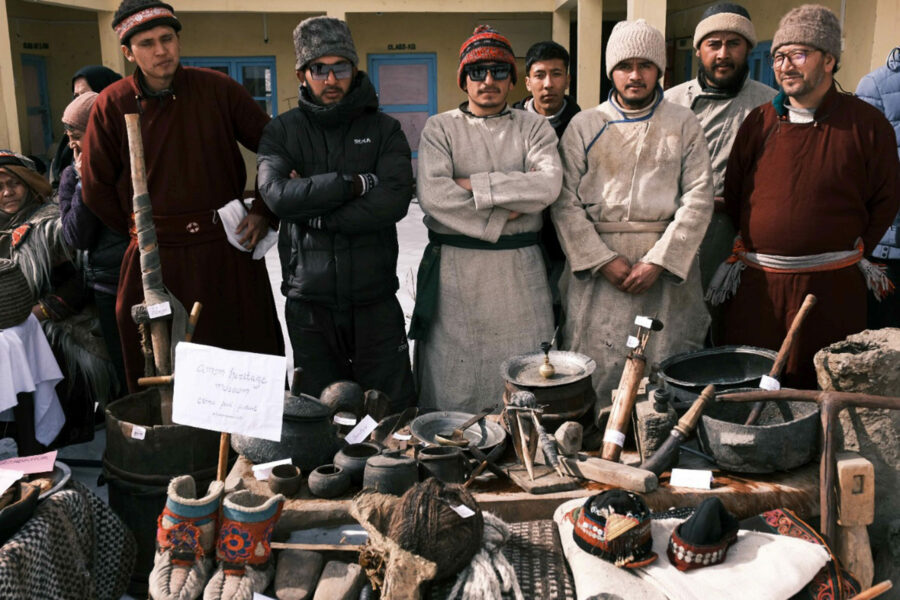
Mamani is a traditional food festival of Purig (Kargil) that indicates the reduction in the harshness of winter temperatures. It symbolises community brotherhood as every household in the village brings food and the whole community eats it jointly.
Resident in Kargil said the festival is celebrated across the bet from Kharmang in Baltistan (on the other side of the LoC) to Chiktan area in Kargil.
Elders suggest that the festival’s history goes back to the ancient period when the people would give food to departed family members. Then, they used to exchange food with their relatives and neighbours and worship a variety of spirits (Lha). The tradition envisaged the people preparing good dishes of the previous year and assembling at a centrally located place called Chagrah. There they mix the foods and distribute them amongst themselves.
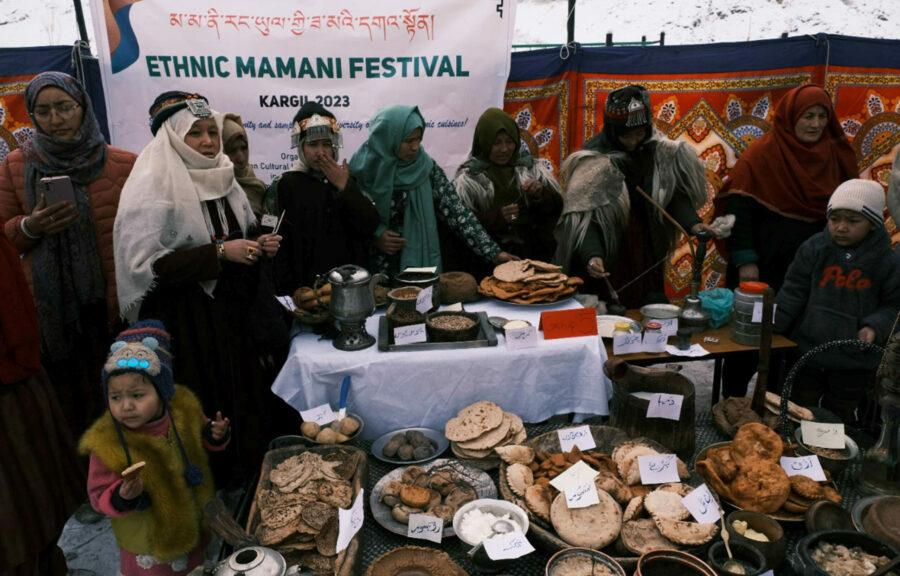
The tradition exists amongst both the communities that inhabit Ladakh – Muslims as well as Buddhists. Elders say the tradition dates back to the era when the region followed Bonisim, a faith system that was replaced by Buddhism in the region. The Bonisim followers would pray the natural forces – the water, sun, air.
Now, it has changed a bit as the residents avoid praying for the sprits. It has emerged as a community food festival. People prepare various traditional dishes such as thukpa, popot (grain soup), hrtsrap khur (leavened bread), mar-khur, azoq (deep fried bread), poli (buckwheat pancakes), curd, suggoo (kash or pachae) and other foods. They then gather in the Hlchangra (meeting place in the village) on the evening of January 20, and early morning of January 21, every year.
This date is significant as it marks the beginning of the second month of the Ladakhi Calendar. Once everyone has gathered, the celebration of Mamani commences and people start to distribute the collected dishes amongst each other.
According to oral history, the celebrations included the tradition of a small Mamani called Maqsoomi Mamani, which was celebrated on the same day at dawn. People would light a fire in the courtyard of their home as part of this celebration. Off late, however, this practice has been stopped for various reasons.
There is another tradition linked to this festival, which is still retained as part of the routine. As part of the celebration, a portion of each dish is sent to the homes of girls who have moved elsewhere after marriage.
There is another interesting tradition linked to Mamani in which children visit each home in the village or neighbourhood to collect money to organise a celebration called Issun in the evening. This is still practiced in Chanchik neighbourhood of Kargil town.


